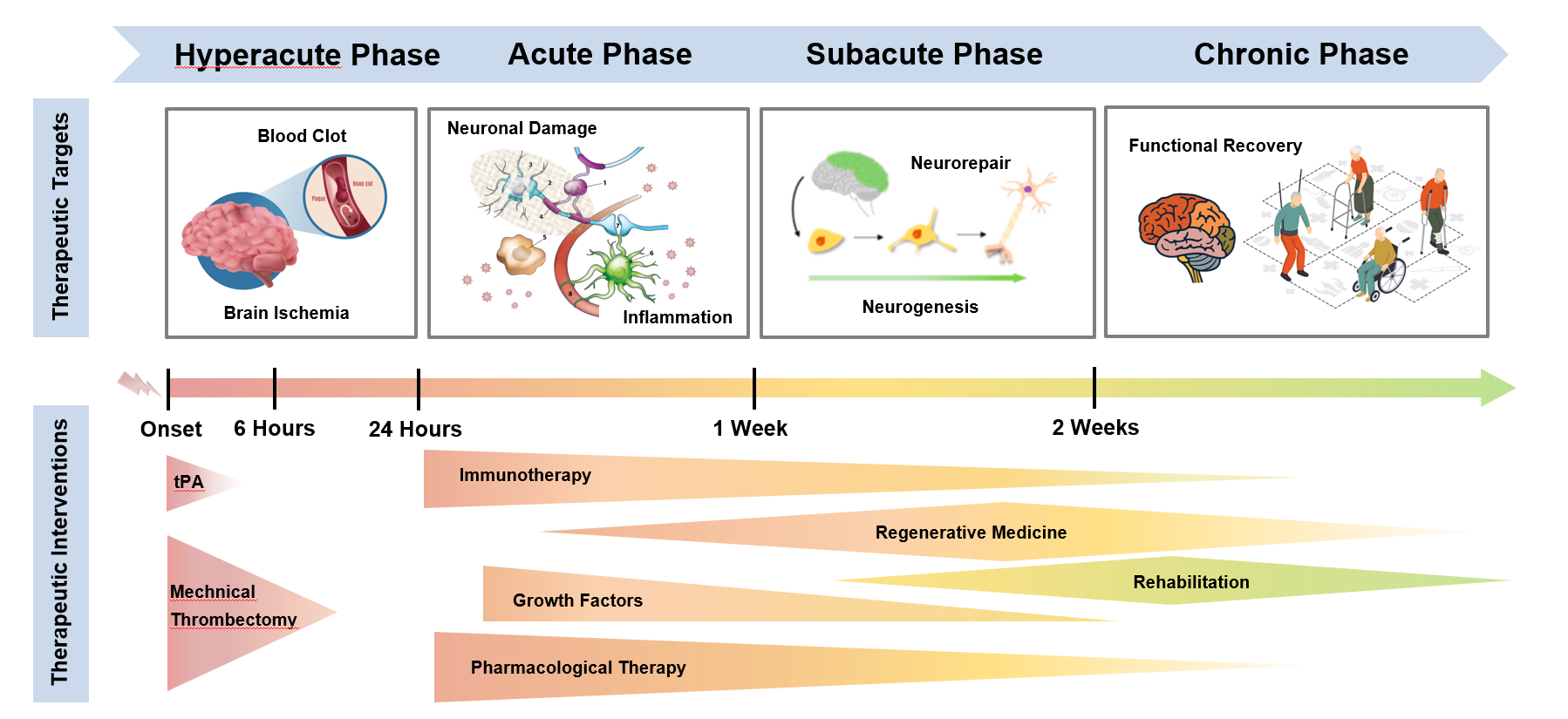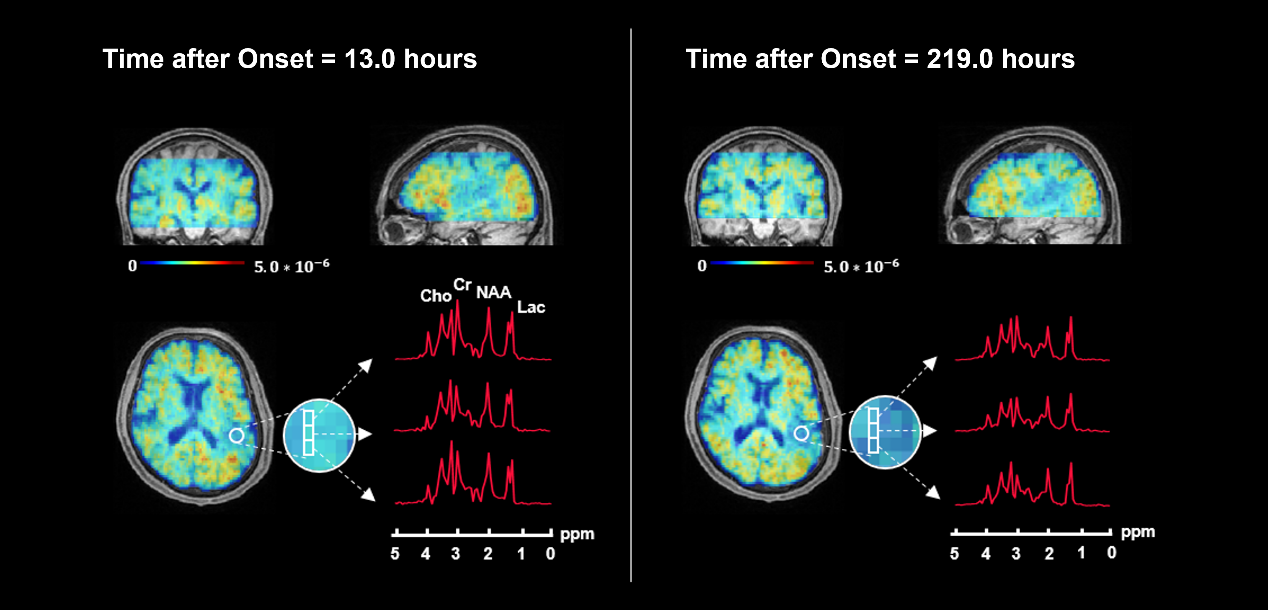


LI Yao Group Receive W S Moore Award of International Society for Magnetic Resonance in Medicine
June 20, 2023
Professor Yao Li and his team from the School of Biomedical Engineering at Shanghai Jiao Tong University have made significant research progress in the field of high-resolution magnetic resonance neuro-metabolic imaging and the prediction of stroke onset time in stroke patients. Their research paper titled "Predicting the Onset of Ischemic Stroke With Fast High-Resolution 3D MR Spectroscopic Imaging" has been honored with the prestigious W. S. Moore Award at the 2023 Annual Meeting of the International Society for Magnetic Resonance in Medicine (ISMRM).
The W. S. Moore Award is the highest honor in the field of clinical research using magnetic resonance imaging (MRI) at ISMRM. After a rigorous evaluation process involving paper review, conference presentations, and interviews, the most outstanding research achievement is selected from global clinical research in medical MRI. Established in 1994, the International Society for Magnetic Resonance in Medicine is the premier and largest academic organization in the field of medical MRI worldwide. Its annual meeting attracts over 6,000 professionals from more than 100 countries.
This is the first time that Shanghai Jiao Tong University, as well as China, has received the W. S. Moore Award, representing not only the team's contribution to the field of medical MRI but also the international recognition of China's research capabilities in this field.
The first authors of this paper are Zengping Lin and Ziyu Meng both under the guidance of Professor Yao Li. Professor Yao Li is the sole corresponding author of the paper. This research has been supported by the Shanghai Municipal Science and Technology Commission's "Basic Research Special Zone Program" and the National Natural Science Foundation of China, among other projects.
Research Background:
Clinical treatment and the onset time of ischemic stroke are closely related. For example, thrombolysis is mainly used in the hyperacute phase of stroke to restore blood flow and salvage brain tissue. In the acute phase, immunotherapy and drug interventions are relied upon to reduce inflammation and enhance neuroprotection. In the subacute phase of stroke, regenerative medicine and rehabilitation therapy hold promise for neuronal regeneration and functional recovery in patients. However, clinical management for more than 30% of stroke patients is hindered due to unknown onset time, preventing them from receiving the most effective treatment. Therefore, accurate prediction of stroke onset time using advanced brain imaging techniques can have a significant clinical impact on stroke treatment and management.

Magnetic Resonance Spectroscopic Imaging (MRSI) is currently the only technology capable of non-invasively and non-contrastingly imaging multiple molecules simultaneously in living organisms. It provides molecular imaging indicators at the biochemical level of the brain, enabling the assessment of post-stroke brain damage. However, limitations such as long data acquisition time, low spatial resolution, and narrow tissue coverage greatly restrict the practicality of MRSI in clinical applications.
Research Findings:
The paper achieved, for the first time, whole-brain high-resolution 3D MRSI imaging in stroke patients within an 8-minute scan time. It simultaneously obtained the distribution information of various neural metabolites such as N-acetylaspartate (NAA), choline (a cellular membrane metabolite), creatine (an energy metabolite), and lactate (an anaerobic metabolite). The imaging spatial resolution reached 2mm, improving the imaging time by 10 times and the resolution by nearly 30 times compared to traditional techniques. Based on this technology, the paper collected whole-brain spectroscopic images from 73 ischemic stroke patients, covering the hyperacute, acute, and subacute stages. It demonstrated the close relationship between various molecular metabolites and stroke onset time. The study revealed, for the first time, a significant correlation between neuronal injury in acute stroke patients and onset time, as well as a strong correlation between lactate increase and infarct volume. By integrating the molecular imaging targets provided by fast high-resolution 3D MRSI, it is possible to effectively predict the onset time of stroke patients, offering a new non-invasive molecular imaging technique for clinical stroke treatment.

The research findings by Professor Yao Li's team have important implications for early diagnosis and prediction of stroke onset in stroke patients. They have employed fast high-resolution 3D magnetic resonance spectroscopic imaging technology to provide a more accurate method for predicting the onset time of stroke. This breakthrough research helps improve the treatment and management of stroke by providing earlier intervention and treatment opportunities for patients, thereby reducing the damage caused by stroke.
